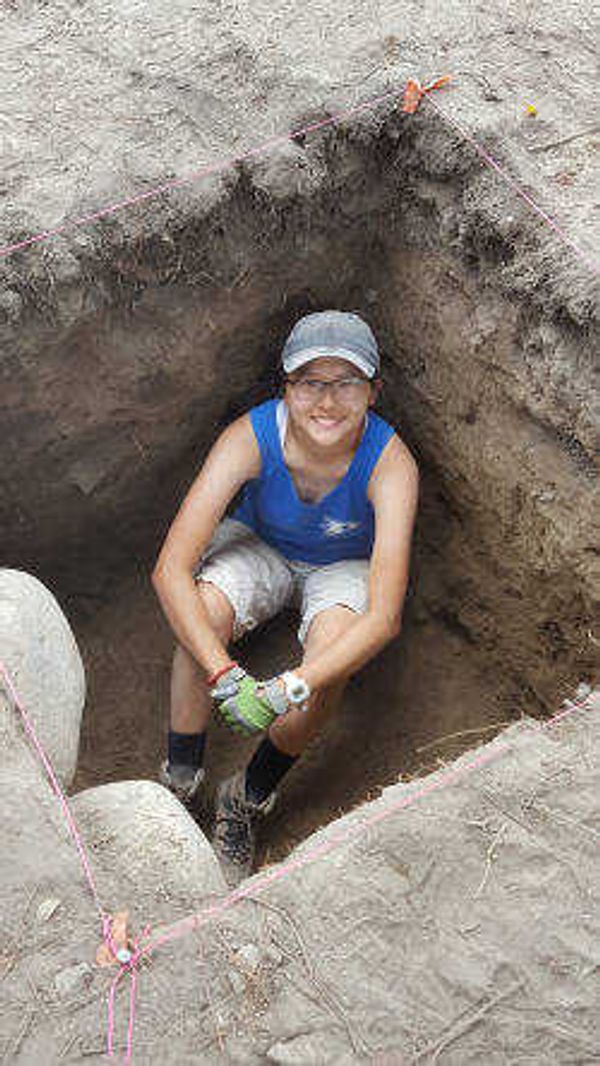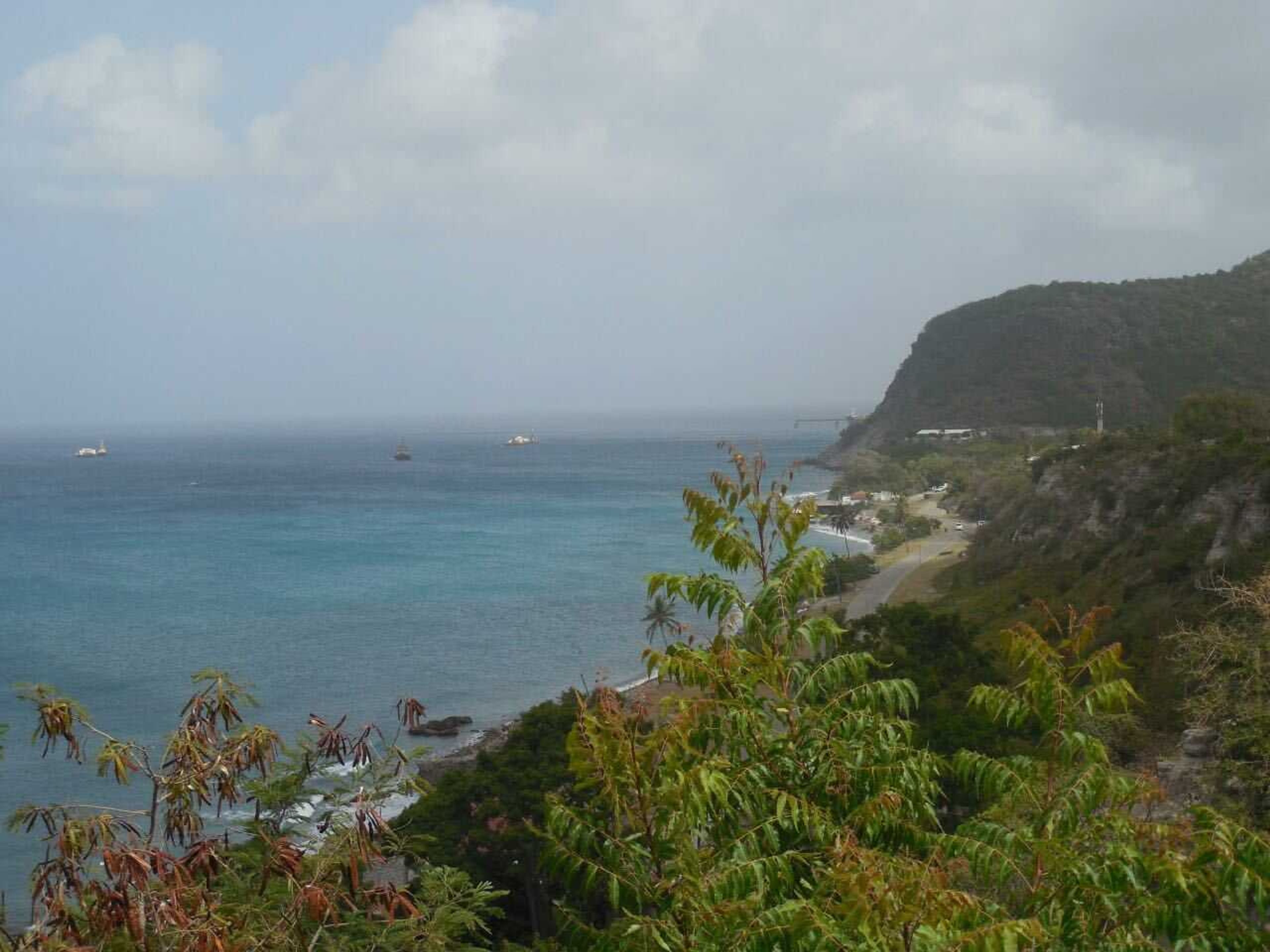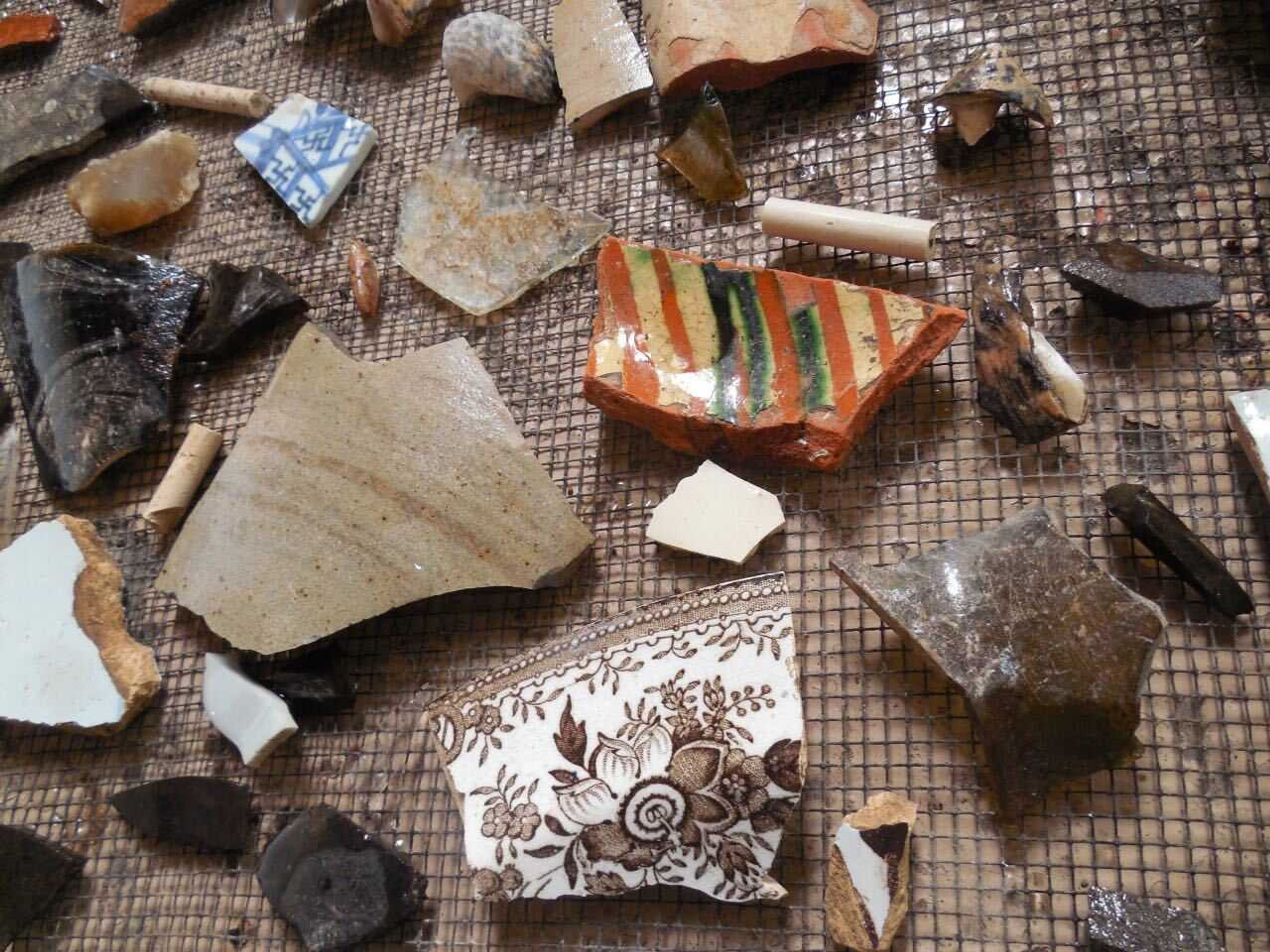A summer internship on a Caribbean island began with a simple Facebook post from a Southeast anthropology professor. Rising senior Kaylee Gaumnitz saw the post that alerted her of archaeological fieldwork that her roommate pushed her to pursue. She applied, and in April she received confirmation of her acceptance to do archeological fieldwork and research with Texas State University (TSU) on the island of Sint Eustatius, a territory of the Netherlands in the Caribbean.
Gaumnitz said the application process was straightforward. She sent her transcript, a statement of why she wanted to be in the program and a couple letters of recommendations.
Upon arrival the 10 student interns were divided into two camps to do archeological work along the coast of the island. One group focused on the bioarchaeology and the other group searched for the material culture. The bioarchaeologists were able to find human remains at a burial ground. With their findings they were trying to figure out whether or not those people were military personnel or slaves. “The islands of Sint Eustatius was used as a trading point for goods, resources and unfortunately people,” said Gaumnitz.

Gaumnitz was in the group searching for material culture. Her groups findings mainly consisted of ceramics, glass, metals and other materials.
“The stuff that we were finding was from the historical period. In one of our units we found prehistoric things, nothing related to dinosaurs,” said Gaumnitz. “We found big pieces of pottery from the 18th Century. We dug up 2,107 ceramics in the four weeks we were there.”
Gaumnitz and her friend at the program had a research project together. It consisted of them comparing ceramics they had found on Sint Eustatius with a neighboring fort called — Brimstone Hill — which is on the island St. Kitts.

“That was a pretty heavy British influenced island [St. Kitts] so there were trading restrictions, meaning it was very limited to just Britain,” said Gaumnitz. “We were trying to see how much impact Sint Eustatius had on the world or how much the world had impacted Sint Eustatius, than St. Kitts.”
The student interns worked on projects of their own from the artifacts they found while digging along the coastline. One member of the group studied vessel forms, she was trying to determine what the natives diet was based upon the type of dish they ate from. Another girl studied pipes the military smoked from; with the remains left she would try to trace the pipes back to where they originated from based on the remains inside. Another group member looked at Afro Caribbean remains; she studied the pottery slaves created to transport items and the vessels the slaves created to eat on.
Gaumnitz said that the pottery could have been made on the island due to the ceramics having volcanic ash from nearby volcano named, The Quill.
Each day field work began around 7:30 a.m. and the student interns would work until noon. They would have lunch on site and then they would continue to dig until 2 p.m. After work they would return to their home on the island, known as the Caribbean Netherland Science Institute (CNSI). Some days they would be able to clean artifacts they found at the Sint Eustatius Center for Archaeological Research (SECAR). They would then catalog them based on appearance.
“[CNSI] was really similar to a dorm room, but it was very nice to eat together, sleep together, and work together,” said Gaumnitz. “Some days we would go to SECAR. I was working with ceramics. I would take the shards of glass or plates and take a toothbrush and dip it in water and scrub off all the dirt to unveil what is underneath. After we cleaned off the artifact we would catalog them based on the type of ceramic. This was really hard for me; I had to learn all these different types of ceramics and categorize them properly. I am sure I misplaced a few, but that's OK.”
Following the four weeks in Sint Eustatius, the students had a six day break to go home or wherever they chose. After the break students returned to TSU for another three to four weeks to analyze their findings.
“I definitely would have never done this without the support of my parents and the people on this trip,” said Gaumantiz. “One of the main themes of this whole experience for undergraduates was globalization through the research found on Sint Eustatiust.”
In spring of 2019 Gaumanitz will be presenting her research at the Society of American Anthropology.




